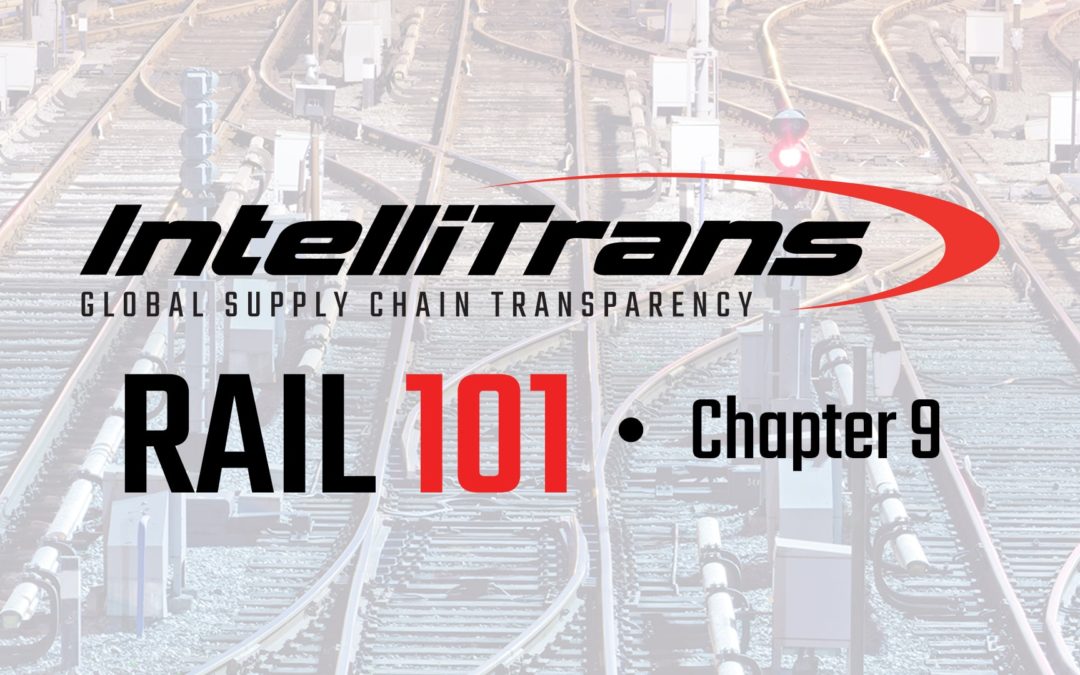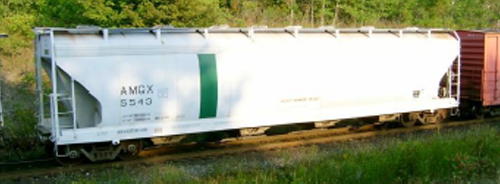by IntelliTrans | Jun 25, 2020 | Rail101
RAIL INDUSTRY OVERVIEW Bad Order Cars and Car Parts What does this term mean? Railcars are put into Bad Order Status during the transportation cycle when the car requires any repair to running gear or safety appliances. These running gears parts and safety appliances...

by IntelliTrans | Jun 18, 2020 | Rail101
RAIL INDUSTRY OVERVIEW Locomotives A Locomotive is a diesel electric power plant form of energy that provides horsepower and the tractive effort to pull trains. Tractive effort is a measurement of locomotive power. Locomotives come in all...
by IntelliTrans | Jun 11, 2020 | Rail101
RAIL INDUSTRY OVERVIEW Railcar capacities and Plate designations As cars are loaded and billing is given to the carriers, the shipper must provide a loaded weight so that the railroad can determine if it can move safely. Sometimes this is done by the railroad weighing...

by IntelliTrans | May 19, 2020 | Rail101
RAIL INDUSTRY OVERVIEW UMLER Another piece to the equipment identifying process is UMLER, which stands for Universal Machine Language Equipment Register, UMLER is a database that contains the Railway Equipment Register car information and is used by all railroads to...
by IntelliTrans | May 13, 2020 | Rail101
RAIL INDUSTRY OVERVIEW Box Car Mechanical Designation and Markings The following are a few of the Mechanical Designations in use just for Box Cars. The combinations of markings seem to be unlimited, but each does mean something very specific and important when...
by IntelliTrans | May 6, 2020 | Rail101
RAIL INDUSTRY OVERVIEW Rail Equipment Mechanical Designation and Equipment Markings The OFFICIAL RAILWAY EQUIPMENT REGISTER was developed to comply with the order of the ICC in 1912 so that there was a single source to identify cars in the transportation system. The...


